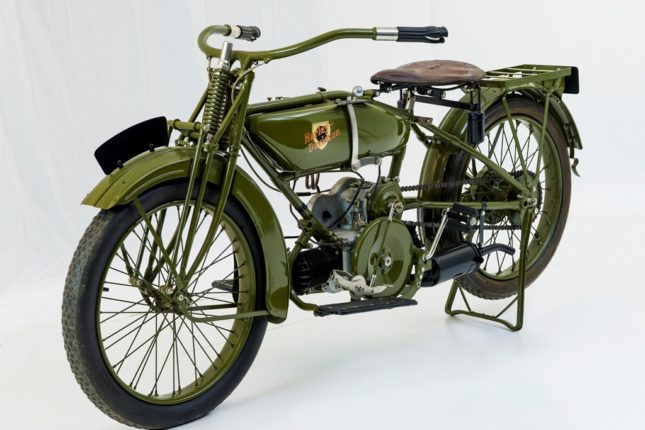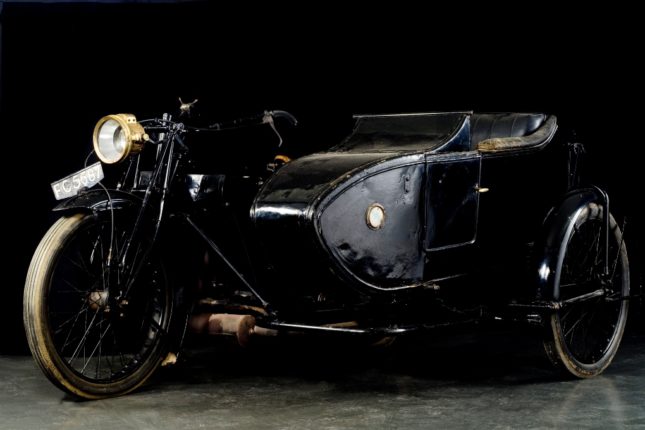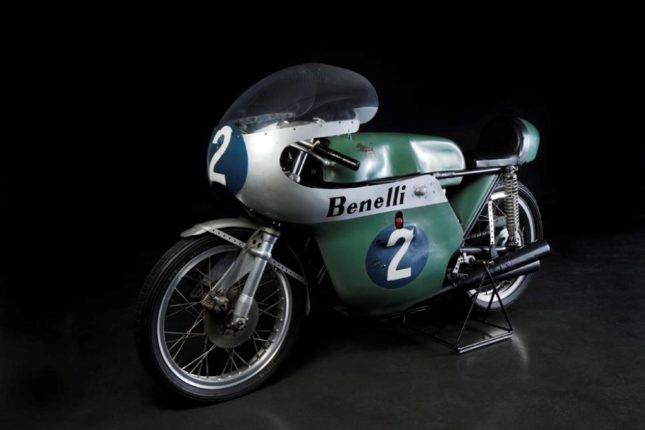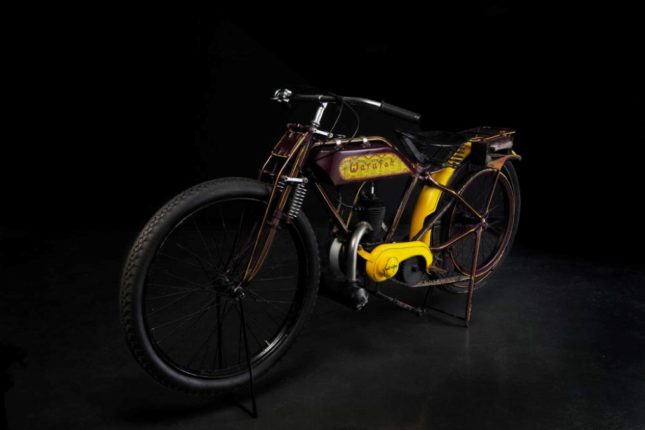The Museum’s motorcycle collection reflects the development of the motorcycle and the preferences of Australian riders.
The motorcycle was one of the first petrol driven vehicles that allowed public access to mass produced transportation. Developed in a number of countries, motorcycles grew out of the bicycle manufacturing business. Seeing as it was based on the bicycle industry, which was already attuned to mass production, motorcycles were relatively affordable compared with a motorcar prior to the Second World War.
Men and women alike took up the increased mobility and independence motorcycles brought. The addition of a side car was common and provided a means of family transportation.There are many examples of British bikes in our collection – such as AJS and Royal Enfield, reflecting their dominance in the Australian market. There are also examples of other motorcycles from the USA and Europe that reflect the wide background of the Australia motorcycle market.
The collection also contains a cross-section of early Japanese motorcycles showing their progression from a manufacturer of cheap commuter type motorcycles through to high specification racing machines. A small section of the collection is devoted to Australian built motorcycles; the size of this section of the collection reflects the relatively small status of Australian motorcycle manufacturing.






 Visit
Visit